The Magic of Interactive Plush Toys: How Voice Recognition Is Changing Play
Introduction:
In recent years, voice recognition plush toys have emerged as a groundbreaking innovation, transforming the way children interact with their stuffed animals. These interactive toys use advanced technology to respond to commands, answer questions, and even hold conversations, providing a level of engagement that traditional toys simply cannot offer. Whether it's a cuddly bear that greets its owner or a custom plush toy with voice that mimics a child's speech, these interactive stuffed animals offer a unique experience that combines fun with educational value. As voice recognition continues to evolve, these toys are becoming more sophisticated, offering endless possibilities for imaginative play, learning, and emotional bonding.
How Voice Recognition Works: The Technology Behind Interactive Plush Toys
The magic of voice recognition plush toys lies in their ability to understand and respond to human speech. Behind this feature is a combination of artificial intelligence (AI), speech recognition algorithms, and sensors embedded within the plush toy. The toy's microphone captures sound, and its built-in processor analyzes the input to recognize specific commands or words. Once recognized, the toy's programming allows it to respond in a variety of ways, whether by speaking, making sounds, or performing actions.
For instance, some interactive stuffed animals are designed to recognize simple phrases like "hello," "goodnight," or even commands such as "sit down" or "sing a song." Other toys go a step further by responding to specific telling questions or completing interactive tasks, like a story or teaching children new words. The technology behind these toys has advanced significantly, making them not only entertaining but also educational tools that can engage children in meaningful play.
The integration of custom plush toys with voice features allows children to personalize their interactions. Some toys can be programmed to say a child's name or favorite phrases, adding an extra layer of personalization that fosters emotional connections. These customizations make the toys feel more like companions, enhancing the sense of magic and wonder that comes with each interaction.
Educational Benefits: How Voice Recognition Can Help with Language Development
One of the most significant advantages of voice recognition plush toys is their positive impact on children's language development. These toys provide children with an opportunity to engage in conversation, practice speaking, and learn new vocabulary in a fun, non-threatening environment. For younger children who are just beginning to speak, these toys serve as a valuable tool to reinforce new words and phrases. As children interact with their interactive stuffed animals, they learn to recognize sounds, form sentences, and expand their vocabulary in ways that traditional toys cannot facilitate.
Beyond language skills, these toys also promote critical thinking and problem-solving abilities. By asking questions or giving commands, children can challenge their interactive plush toys to respond, which helps them develop cognitive skills such as listening, comprehension, and memory. Some toys even offer educational content, such as teaching colors, shapes, or animal sounds, making them versatile tools for early childhood education.
The act of speaking and hearing responses from an interactive stuffed animal also encourages social interaction, even when no other human is present. Children develop important social and emotional skills by having these one-sided conversations, which simulate real-life interactions. For example, asking a toy questions about its favorite color or what it wants to do next fosters a sense of social engagement and understanding, helping children develop empathy and emotional intelligence as they grow.
Encouraging Social Interaction Through Play
Voice recognition in interactive plush toys provides children with opportunities for social play that they might not otherwise experience. These toys offer a chance for children to practice communication skills, express emotions, and explore the world around them in a safe and controlled environment. As children develop language skills, they begin to understand the nuances of conversations, such as tone, pitch, and volume. The interaction between the child and the interactive stuffed animals becomes a dynamic part of their playtime, encouraging them to experiment with language and social interaction.
For example, some voice recognition plush toys respond differently based on the child's tone or voice inflection, teaching children how emotions can influence communication. This type of play can also help children learn to use polite words, express gratitude, and take turns in conversation—all vital social skills that are essential for their emotional development.
Additionally, these toys encourage imagination. For instance, a child might engage with their custom plush toy with voice by pretending it is their friend, asking it questions or telling it stories. The toy's responses help fuel the child's creativity, transforming ordinary play into an interactive experience that feels more real and alive. This imaginative play supports the development of problem-solving skills, decision-making, and creativity, which are important in childhood development.
Market Demand: The Rising Popularity of Interactive Plush Toys
The market for interactive plush toys has grown significantly in recent years, driven by advances in technology and the increasing demand for personalized and educational toys. Parents are seeking toys that do more than just entertain—they want toys that can engage their children, promote learning, and provide lasting emotional connections. As voice recognition technology becomes more accessible tond affordable, it is likely that more manufacturers will begin to integrate this feature into their toy lines.
The popularity of custom plush toys with voice has also played a key role in this market growth. As consumers seek toys that are unique and tailored to their children's interests, customizable features like personalized names, phrases, and interactions have become a top priority. This level of personalization enhances the emotional value of the toy, making it more meaningful and special for both the child and the parent. For example, a voice recognition plush toy that greets a child by name or responds to their favorite phrases creates a sense of ownership and attachment, making the toy an even more significant part of their daily life.
The increasing availability of interactive stuffed animals with voice recognition in the market means that parents can now choose from a wider range of options that cater to their child's interests and developmental needs. These toys are no longer just for play—they are valuable tools for education, emotional growth, and social interaction, making them highly sought after by today's parents.
Conclusion: The Long-Term Impact of Voice Recognition in Plush Toys on Children’s Development
As voice recognition plush toys continue to evolve, their impact on children's development will only become more profound. These toys are not just interactive playthings; they are gateways to language development, socialization, and emotional bonding. By incorporating voice recognition technology, these toys provide an innovative way to encourage communication skills, cognitive growth, and imaginative play, all while fostering a deeper emotional connection between the child and their toy.
With the growing demand for interactive plush toys and custom plush toys with voice, we can expect this trend to continue shaping the toy industry in the years to come. As technology advances and toys become even more interactive, children will have access to more sophisticated and engaging learning experiences. The magic of voice recognition in plush toys is only the beginning, offering limitless potential for fostering growth and nurturing creativity in young minds.
Reprint statement of blog content: All the blog content and images are original, and copyrighted by gameplushies.com. The reprint statement must be included with our permission. Toyard is not responsible for reprinting similar content or containing trademark and other infringement reprint statements. Please contact us if there is infringement content.
Deja un comentario
Inicie sesión para publicar comentarios






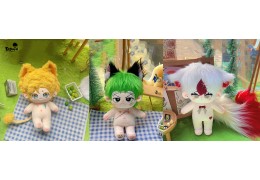
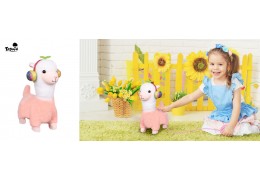

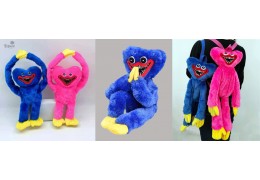
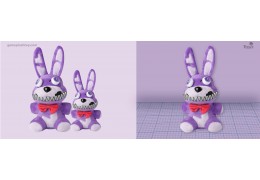
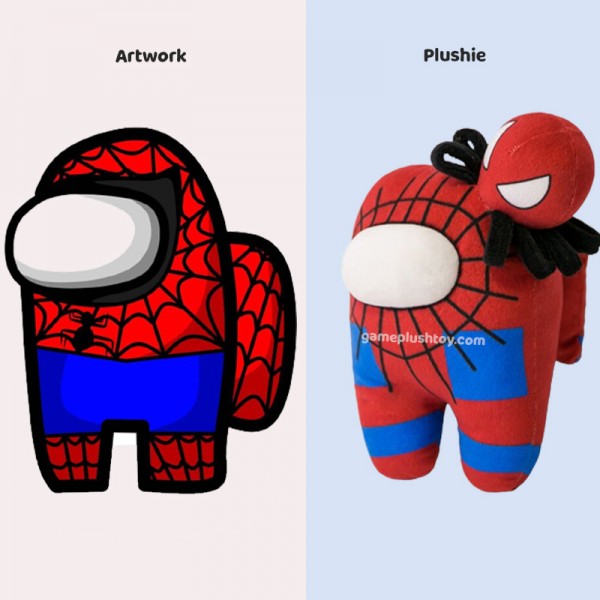
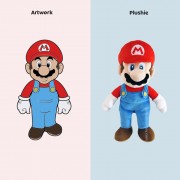
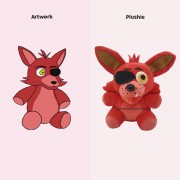
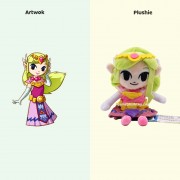
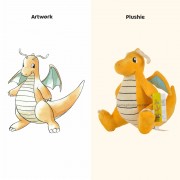
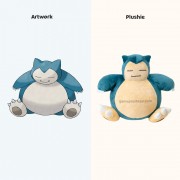

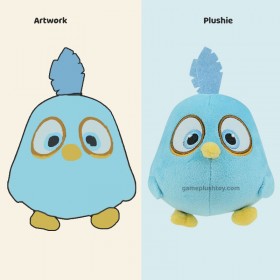
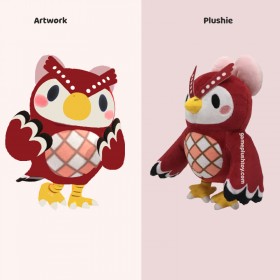
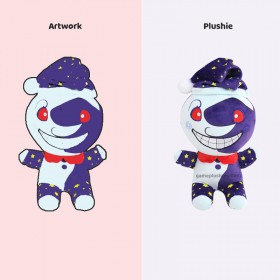
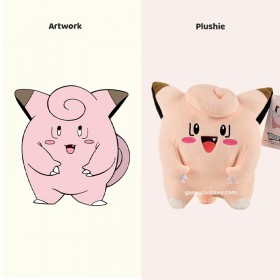
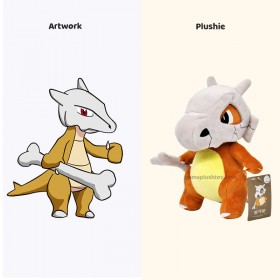
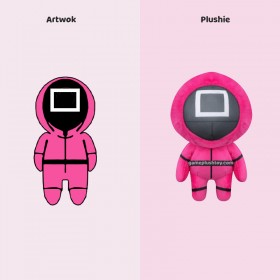

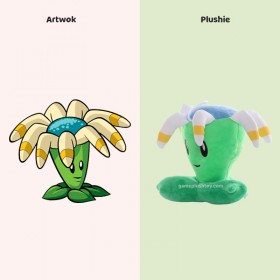


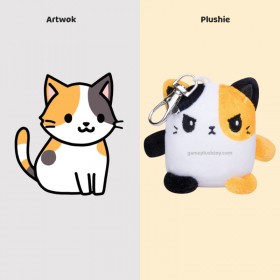
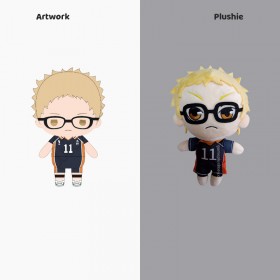

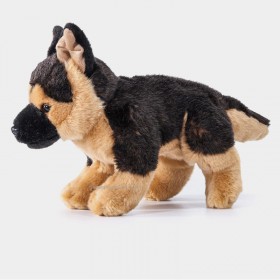
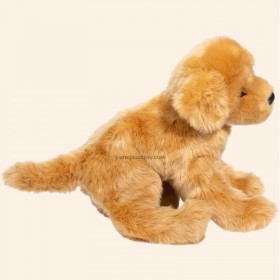
Los mejores autores